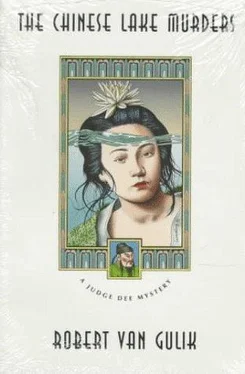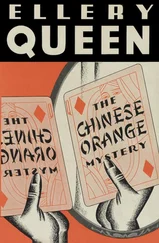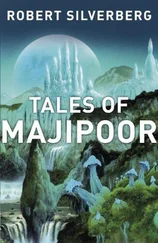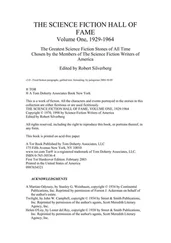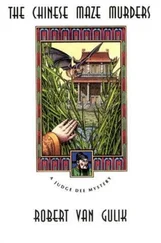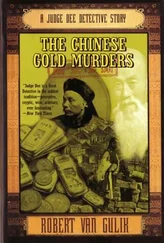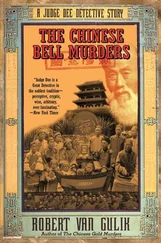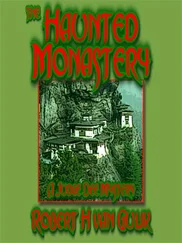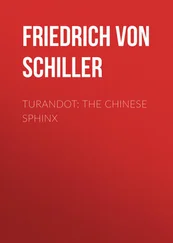In this novel I have again followed the Chinese device-traditional in Chinese crime literature-of making the judge solve three cases at the same time. I have written up the three plots so as to form one continuous story, with the famous T'ang statesman Judge Dee as the central figure. Judge Dee, whose full name was Ti Jen-chieh, was a historical person, who lived from a.d. 630 till 700. In his younger years, while serving as magistrate in the provinces, he acquired fame because of the many difficult criminal cases which he solved. Later he became a Minister of the Imperial Court and through his wise and courageous counsels exercised a beneficial influence on affairs of State.
The Case of the Vanished Bride is based upon an actual case of suspended animation recorded in the sixth section of the Ching-jen-chi-an "Strange Cases that Startled the World," a collection of crime stories published in 1920 in Shanghai by a certain Wang Yih. He reprinted these tales verbatim from various older books, unfortunately without mentioning his sources. The case utilized here is stated to have actually occurred in the early years of the Emperor Kuang-hsü, that is circa 1880. I only used the main facts; the entire setting has been modified so as to adapt the case to that of the Drowned Courtesan.
The Case of the Drowned Courtesan was evolved by me as a framework connecting all three cases. A murder on a flower boat and the activities of secret political societies figure occasionally in Chinese novels of mystery and detection. It must be noted, however, that the White Lotus Society dates from after Judge Dee's time. It began in the thirteenth century as a nationalistic Chinese movement directed against the rule of the Mongol conquerors, and flourished again circa 1600, when the Ming dynasty was nearing its end. In the present novel the White Lotus is represented as a treacherous conspiracy of criminals who only seek their own advantage, and such plots did indeed occur in Chinese history. But it must be added that as often as not they were organized by loyal and unselfish patriots who turned against an alien or oppressive government. It is worthy of notice that the Chinese Nationalist Party which, under the leadership of Dr. Sun Yat-sen, in 1912 chased away the alien Manchu dynasty and founded the Chinese Republic, began as a secret political society called T'ung-meng-hui. In 1896 the Manchus placed a price on Dr. Sun's head, and when he visited London he was decoyed into the Chinese Imperial Legation and secretly kept a prisoner there. He would have been conveyed back to China to be decapitated, but he succeeded in smuggling out a note about his kidnaping which was brought to the notice of the British authorities. Lord Salisbury intervened and effectuated his release. Truth is often stranger than fiction!
The motive of a robber's nest located in an impregnable swamp is taken from the famous old Chinese picaresque novel Shui-hu-chuan , which is devoted entirely to the fails et gesles of such a robber band. There exist English versions of this novel by J. H. Jackson (Water Margin, two vols., published Shanghai, 1937), and by Pearl Buck (All Men are Brothers, London, 1937).
As regards the letter lock of the jade panel described in the present novel, simple padlocks working on this principle have been known in China for many centuries, and today still are widely used. The body of the padlock consists of a cylinder through which passes the crossbar of the lock. In the middle of the cylinder occur four or more loose rings, marked on the outside with five or seven Chinese characters. On the inside each ring has a dent which fits into a groove along the crossbar. The bar can be drawn out of the cylinder only when each ring is turned in the right position, i.e. when all the dents face the groove. This position can be remembered by a key sentence, composed of one of the characters of each ring.
The Chinese play two kinds of chess, hsiang-ch'i and wei-ch'i The former is played with men of different value, and the aim is to checkmate the opponent's "general," as in our game. This is a popular game played by all classes alike. Wei-ch'i, the game described in this novel, is much older, and played nearly exclusively by members of the literary class. In the eighth century it was introduced into Japan, where today it is still popular. The Japanese call it go. There exists an extensive literature on this very complicated and fascinating game, including handbooks with problems. A good English book on the subject is A. Smith's The Game of Go, published New York, 1908, and reprinted Tokyo, 1956.
Finally it may be remarked that in China, contrary to the tendency in Western society, the upper middle-class families try to live together as much as possible in one and the same compound. When a son marries, one courtyard in the family compound is assigned to him, with its own kitchen and servants. The reason was that children had a duty to serve their parents, and therefore had to stay with them, and also that thus the various members of a family could co-operate more closely and promote each other's interest. Wu-tai-tsai-t'ang, "five generations under one roof," was the ideal of old Chinese family life. Therefore every Chinese upper-middle-class house was in reality a conglomeration of a number of separate households, connected by courtyards, open corridors and gardens. Hence the numerous courtyards mentioned in the descriptions of Chinese houses in this and the other Judge Dee novels.
Dr. R. H. van Gulik
***

